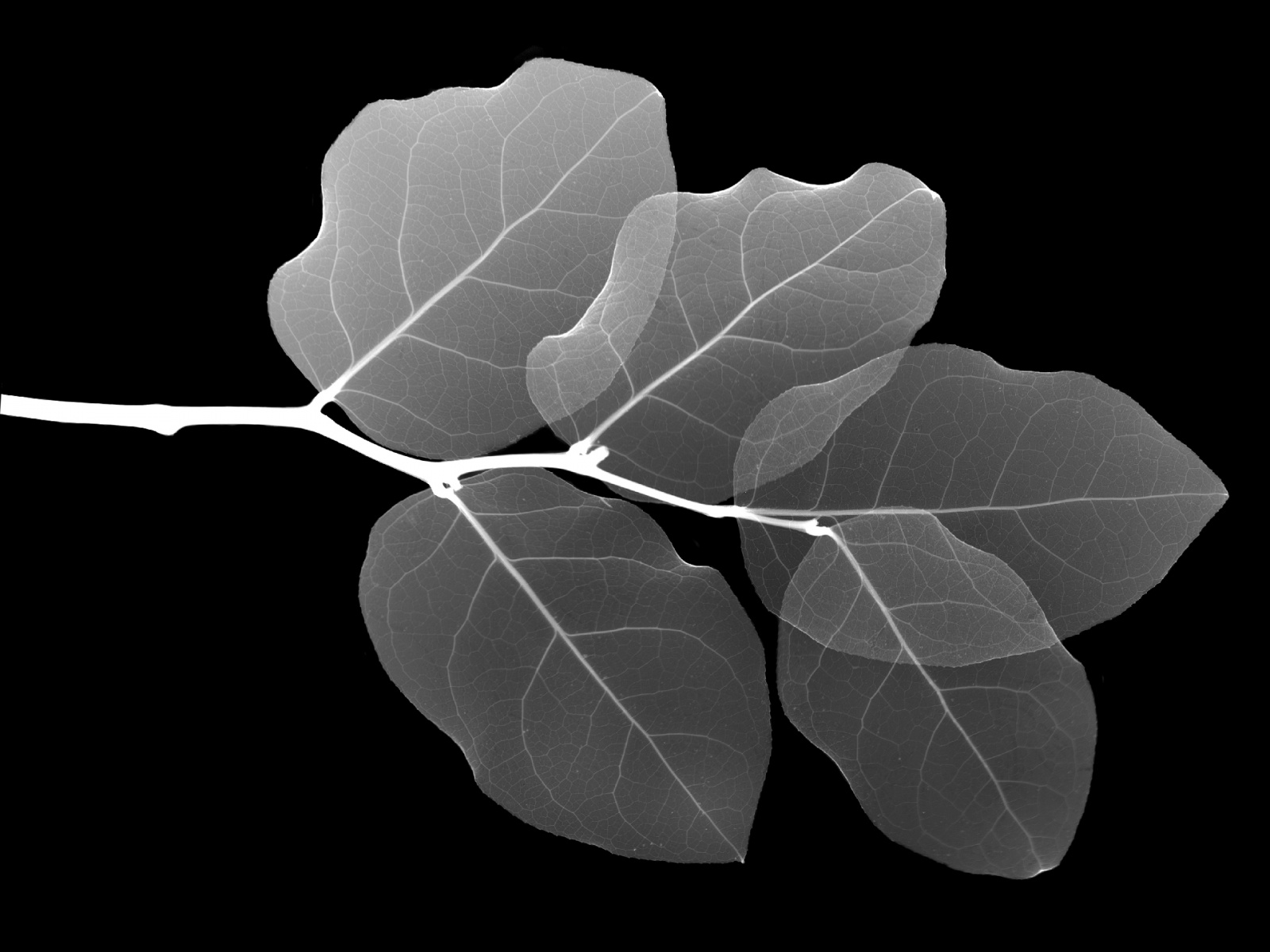Drought and resprouting plants
Many species have the ability to resprout vegetatively after a substantial loss of biomass induced by environmental stress, including drought. Many of the regions characterised by ecosystems where resprouting is common are projected to experience more frequent and intense drought during the 21st Century. However, in assessments of ecosystem response ...
Future Carbon in Australia
Climate projections show Australia becoming significantly warmer during the 21st century, and precipitation decreasing over much of the continent. Such changes are conventionally considered to increase wildfire risk. Nevertheless, we show that burnt area increases in southern Australia, but decreases in northern Australia. Overall the projected increase in fire is ...
LPX-Mv1
The Land surface Processes and eXchanges (LPX) model is a fire-enabled dynamic global vegetation model that performs well globally but has problems representing fire regimes and vegetative mix in savannas. Here we focus on improving the fire module. To improve the representation of ignitions, we introduced a reatment of lightning ...
Thesis
Vegetation Model Benchmarking system
We present a benchmark system for global vegetation models. This system provides a quantitative evaluation of multiple simulated vegetation properties, including primary production; seasonal net ecosystem production; vegetation cover; composition and height; fire regime; and runoff. The benchmarks are derived from remotely sensed gridded datasets and site-based observations. The datasets ...
Implications of introducing realistic fire response traits in a Dynamic Global Vegetation Model
Bark thickness is a key trait protecting woody plants against fire damage, while the ability to resprout is a trait that confers competitive advantage over non-resprouting individuals in fire-prone landscapes. Neither trait is well represented in fire-enabled dynamic global vegetation models (DGVMs). Here we describe a version of the Land ...
Page 1 / 2 »
